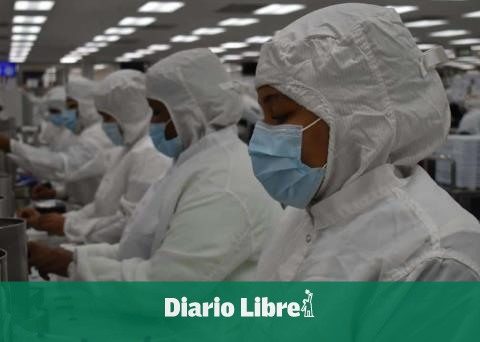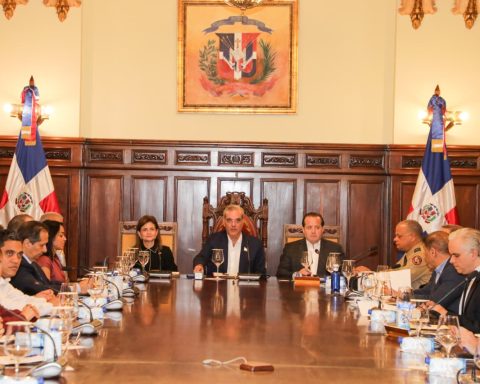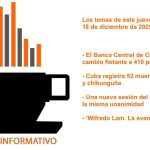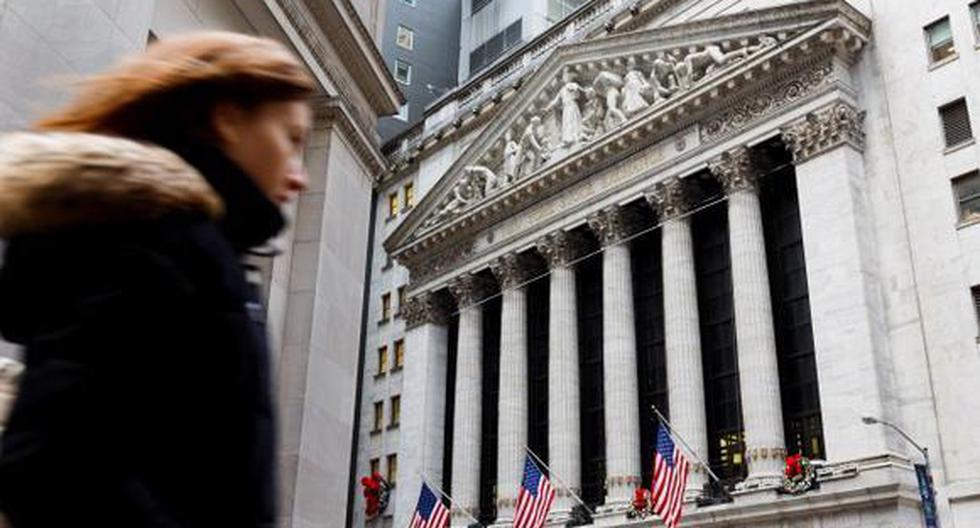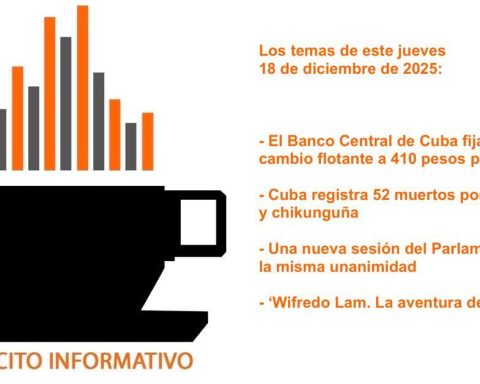The volatile world of cryptocurrencies is preparing for a new and important shock this week with the mutation of one of its main values, ethereumwhich changes the way it operates to reduce its voracious energy consumption.
Created in 2015, ethereum it is the second most important “blockchain” (“blockchain”) in the world, after Bitcoin.Its capitalization is equivalent to approximately 20% of the market, far behind the main currency, Bitcoin (40%).
But it is above all its massive use in the world of digital art (close to 90% of transactions), which provokes the expectant attention of artists, experts and collectors.
ethereum it works from “mining”, a method of enrollment and validation of computer operations that consumes a lot of energy.
If, for example, a digital artist decides to sell a work on a platform that uses ethereum as a cryptocurrency, the first thing you have to do is create an NFT, a non-fungible token, on that blockchain.
That NFT is what will allow you to sell the work, and then earn a commission (typically 5-10%) each time that work changes hands.
ethereum it is an autonomous and decentralized blockchain, a bit like the Internet. Thousands of computers around the world work non-stop to “mine” these operations in the “blockchain” by constantly creating and adding new records (“ledgers”).
Each operation is registered in the chain, which is totally open and, the defenders of cryptotechnology assure, totally safe and indestructible.
– More energy than New Zealand-The drawback is that this “mined” of the chain ethereum each year spends more energy than New Zealand.
With the change planned this week, between September 13 and 15, ethereum will go from the “proof of work” system, which certifies that the registration has been “mined”, to the “proof of participation” (“proof of stake”), in which basically the that participate financially in the blockchain.
This change would eliminate the use of thousands of computers at once and could lower the energy consumption of ethereum by “99%”, assures AFP Lennart Ante, of the Blockchain Research Lab.
The operation, known as “The merge” (“The merger”), should last about twelve minutes, according to experts, who calculate that it will take place between September 13 and 15.
– A “critical mass” -Being a fully decentralized chain, a “critical mass” of participants is required who are willing to voluntarily abandon “mining”, very lucrative for those with more computing resources, to a more democratic and participatory, and by definition, more ecological.
At stake is not only the credibility of the world of cryptocurrenciesbut also a huge amount of money.
ethereum it is one more cryptocurrency in a market that moves billions of dollars a year.
Currently ethereum it is quoted around 1,700 dollars the unit. And around 59% of loans in cryptocurrencies are made with that platform.
If the mutation is successful, “that could give confidence to traditional financial institutions to develop services based on ethereum“explained a recent research note from ING bank.
But doubts remain along the way.
Groups of “miners” have already announced that they are ready to create a “fork” that at the decisive moment will keep the old “blockchain” running.
The largest NFT trading platform, OpenSea, warned in a tweet ten days ago that it will only recognize tokens “registered on the new ‘proof of stake’ chain.”
Some NFT collectors are calm. “I am not worried at all. The only thing I have done is transfer my NFTs to a single account” as a precaution, Albertine Meunier, a collector and digital artist, told AFP.




